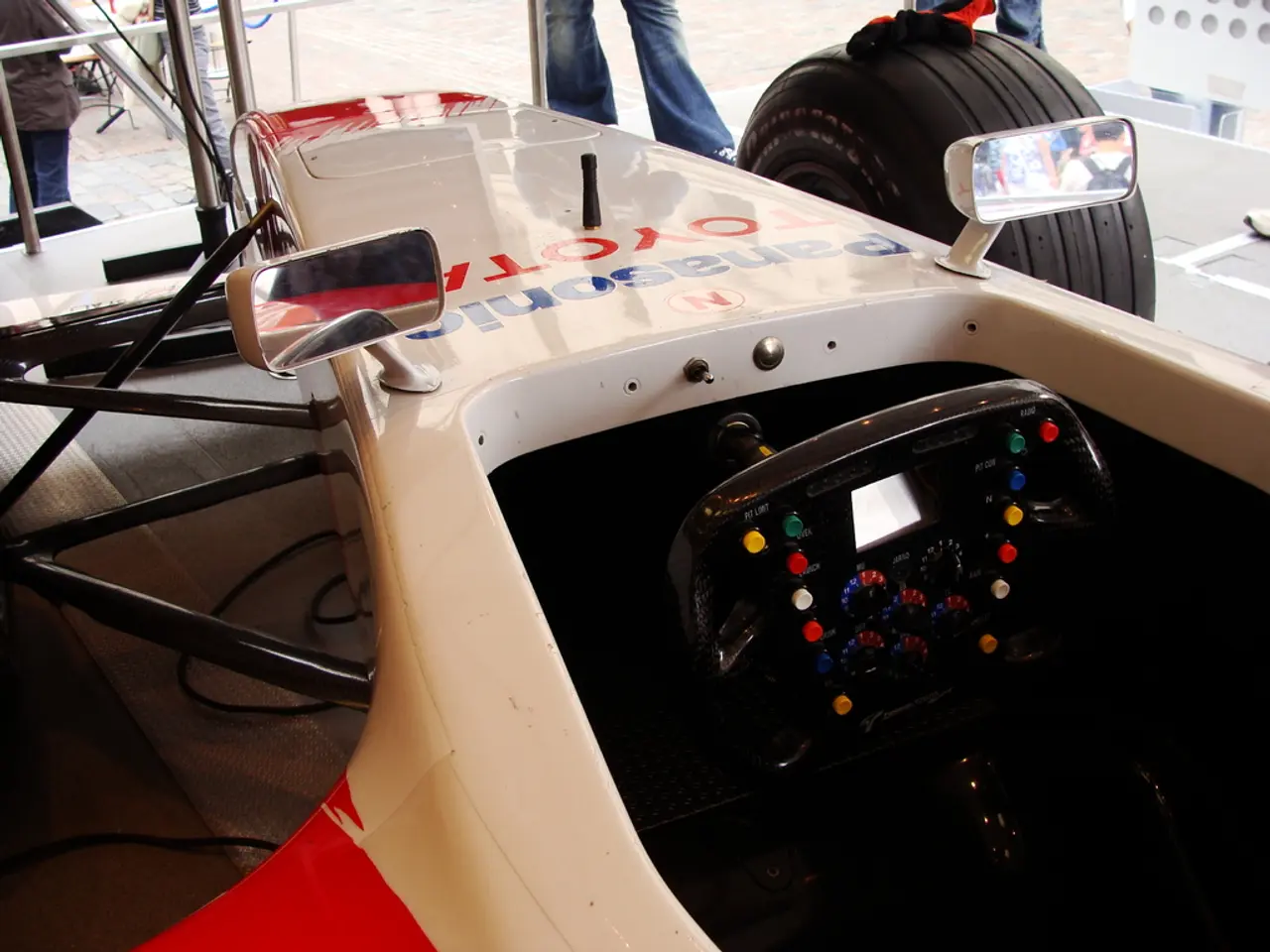Garmin's Venu X1 versus Venu 3: Is an upgrade worth it, or should you hold out for the Venu 4?
Garmin Venu X1 vs Garmin Venu 3: A Comparative Analysis
The Garmin Venu X1 and Venu 3 are two of the latest offerings from the renowned fitness technology brand, each catering to different needs and preferences.
The Garmin Venu X1 stands out with its preloaded topographic maps for roads and trails, making it an ideal choice for outdoor athletes who value mapping features. The Venu X1 also boasts a squircle display that is twice as bright as previous Garmin AMOLED watches, ensuring clear visibility in various lighting conditions.
However, the Venu X1 lacks ECG readings compared to the Venu 3. Additionally, while it features a brighter flashlight, excessive use can quickly drain the battery. The Venu X1 also lacks a crown and relies more on swipe-based controls.
In terms of design, the Venu X1 sports a nylon strap, contrasting with the Venu 3's silicone strap. Despite having a larger display, the Venu X1 weighs the same as the Venu 3. The Venu X1 is also more expensive than the Venu 3, costing $350 more.
The Venu X1 is equipped with advanced software features, including a skin temperature sensor, LED flashlight, voice commands, offline maps, a refined user interface, and morning and evening reports alongside the Sleep Coach and Readiness Score. The Venu 3, on the other hand, focuses more on robust fitness tracking, offering features like sleep phases, HRV, stress, respiration, and sleep phase analysis.
In terms of battery life, the Venu 3 outperforms the Venu X1, making it a better choice if longer usage between charges is a priority.
Here's a side-by-side comparison of the two devices:
| Feature Category | Garmin Venu X1 | Garmin Venu 3 | |----------------------|------------------------------------------------|-----------------------------------------------| | Software Features | ECG, skin temp sensor, offline maps, LED flashlight, voice commands, double menu system, Morning/Evening Report, Readiness Score| Sleep Coach, Body Battery, running/cycling features, basic maps (back-to-start only)| | Health Tracking | Sleep phases, HRV, stress, respiration, jet lag adviser, advanced fitness coaching| Same core health metrics but no ECG or skin temp sensor| | Workout Support | 100+ sports modes, animated workouts with muscle maps, ANT+ gym equipment connection| 100+ sports modes, animated workouts (mainly indoor focused), fewer interactive enhancements| | Battery Life | Lower compared to Venu 3 | Superior battery life |
In conclusion, the Garmin Venu X1 is optimized for users wanting the latest sensor tech and richer smart features, while the Venu 3 provides robust fitness tracking with longer battery endurance. The choice between the two ultimately depends on the user's priorities and budget.
References: [1] Garmin Venu X1 Official Website: https://www.garmin.com/en-US/products/watches/venu-x1/ [2] Garmin Venu 3 Official Website: https://www.garmin.com/en-US/products/watches/venu-3/ [5] Wareable: Garmin Venu X1 review: The best smartwatch for fitness fans: https://www.wareable.com/smartwatches/garmin-venu-x1-review-best-smartwatch-for-fitness-fans-8770
The Garmin Venu X1, with its advanced software features such as skin temperature sensor, LED flashlight, and offline maps, can be seen as an excellent gadget for individuals who prefer wearables with technology that caters to golfing and other outdoor sports. In contrast, the Garmin Venu 3 focuses more on robust fitness tracking, making it an ideal choice for those who prioritize features like sleep phases, HRV, stress, and respiration analysis.




